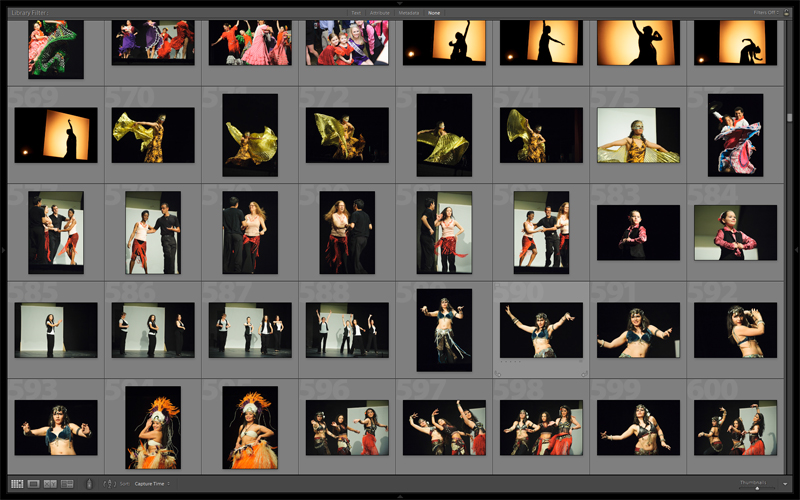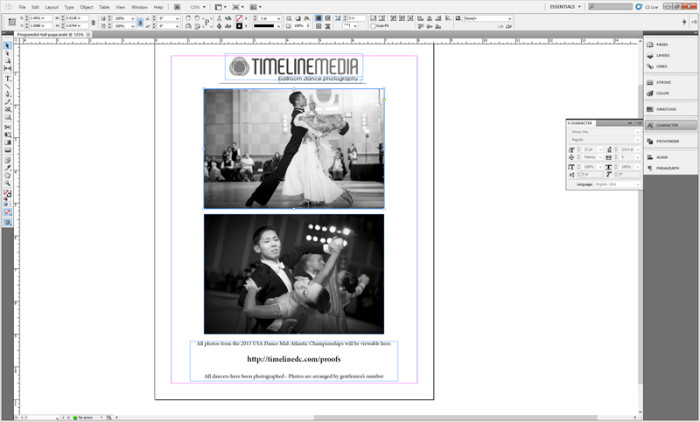
The last few weeks, the photography community has been active with discussion over the software suite, the Adobe Creative Cloud. If you do not know, Adobe is the latest company to switch to a subscription model. Going forward, if you want to have the latest version of Photoshop, you need to pay a monthly fee of $20 to activate the software for use. Microsoft has also done this with their new version of the productivity suite named Office 365, but they also have a version (Office 2013) that you can purchase as before.
Adobe Subscription Model
Some of the good points for the users that I see is that the cost for entry in getting to Adobe Photoshop is lowered. Instead of purchasing the program for $600 or more up front, it is now only $20 to start, and your investment will be the equivalent of 30 months of use for the software. I last purchased the Adobe CS5 suite in 2010, so this is the same amount I would have spent if I bought a new version in 2013. In addition, if you use ANY of the other Adobe products in their catalog, it is only $50 a month to have access to the ENTIRE catalog!
For me, I use InDesign to create posters, large prints, and other pieces where layouts are important. Working with photos through all their products is seamless if you need to use them for prints, videos, or the web. You edit photos in Lightroom, retouch them in Photoshop, then export them to use in InDesign, Premiere, or whatever software you need to make the final product. The $50 over 30 months would come to $1500 which is less than the $2000+ price tag up front for the package when I last checked!
Creative Cloud Software
The name is a bit misleading to me. Just because it is called the Creative Cloud does not mean that you have to be connected to the internet to edit your files. This would take too long, and would eat up your bandwidth. The software will only check periodically to ensure proper activation by the user. This also allows Adobe to push out new features and updates to users faster. If there is something that is added to the program, you no longer have to wait months for a new release or large patch to start using the new features. Also you no longer have to specify whether you are using Windows or Mac OSX when purchasing the suite. This used to be a separate expense if you had both systems in your studio.
This sounds like I am “all-in” for the new subscription model from Adobe. There are some cons to going with this. There is more outcry online on this side of the argument, and it actually keeps me from jumping in yet. In the next Tech Thursday post, I’ll review these cons, and let you know my final conclusion after examining both sides. Everything is changing so quickly these days, I’m just trying to keep up, and to make sure it makes sense for what I am doing. Let me know what you think about it!
TimeLine Media – www.timelinedc.com
703-864-8208









